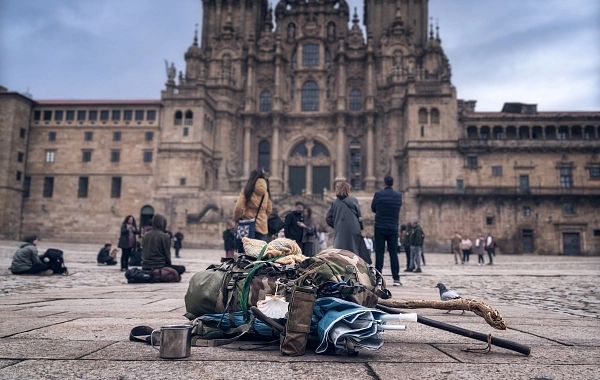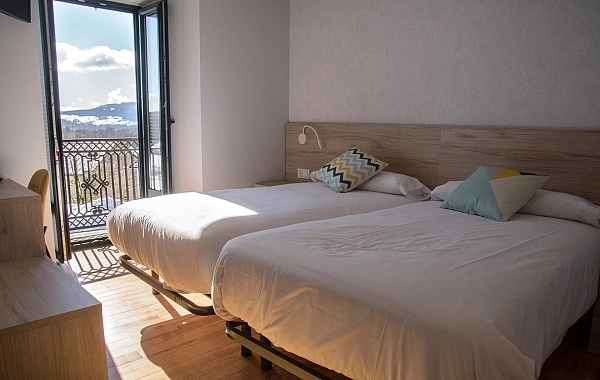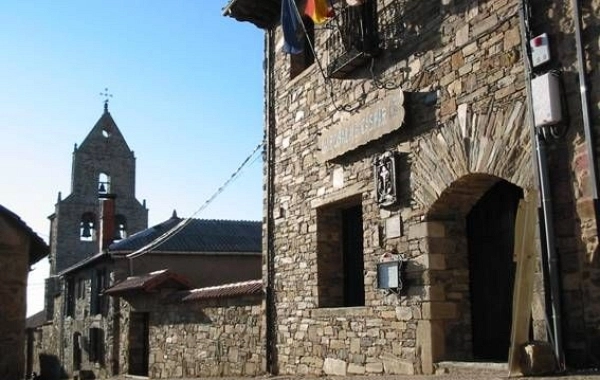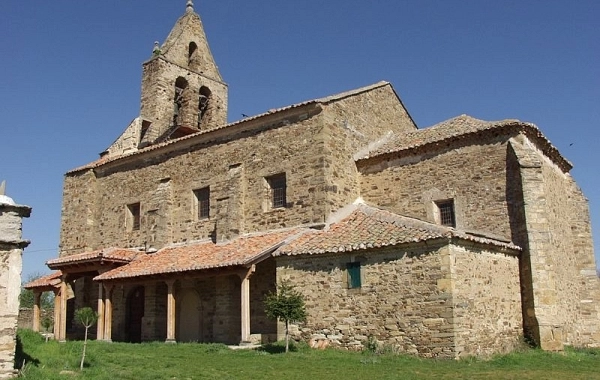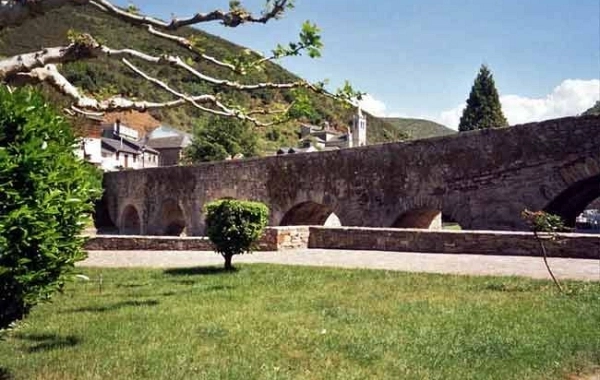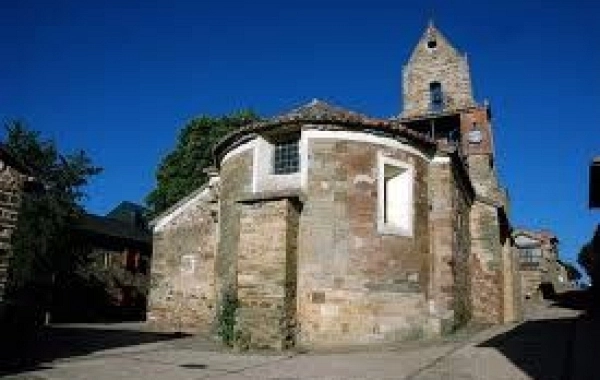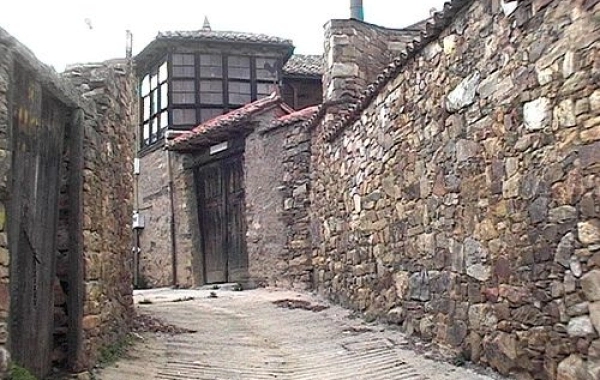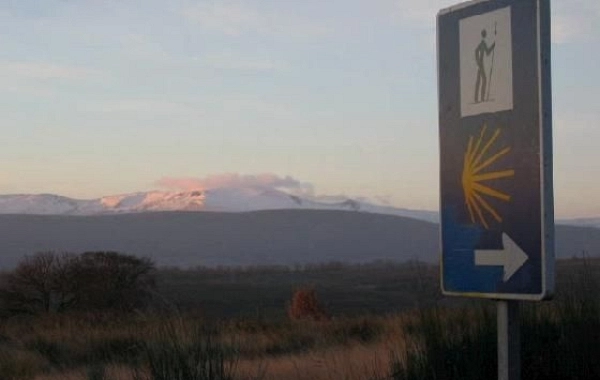CF25 - Astorga - Rabanal del Camino - 20,6 km
Distance21 Km.Related packages
Stage of the Camino de Santiago: From Astorga to Rabanal del Camino
This stage of the Camino de Santiago is one of the most beautiful and peaceful, taking us from Astorga to Rabanal del Camino, passing through natural landscapes, small villages, and places of great historical value. Here, we share the details of this route.
Departure from Astorga: From the Cathedral to Valdeviejas
We begin this stage at the Cathedral of Astorga, carefully crossing the N-VI road. We walk along a tree-lined promenade, where we find several hostels, ideal for pilgrims. After reaching the outskirts of Astorga, we arrive at the Hermitage of Ecce Homo de Valdeviejas, built over the well where, according to tradition, the Virgin miraculously saved a child. After crossing the motorway via an overpass, the path takes a footpath to the right of the road and leads us to the bridge over the Jerga River, just before arriving at Murias de Rechivaldo, the first Maragato village on the Camino de Santiago.
Murias de Rechivaldo: The First Maragato Village
Upon leaving Murias de Rechivaldo, we continue along the footpath, this time alongside a dirt track. The León Mountains await us, and we begin a gentle but continuous ascent that will accompany us for the rest of the stage. There is an option for pilgrims who wish to divert to Castrillo de los Polvazares, a picturesque village known for its traditional architecture. After the visit, we return to the Camino de Santiago and continue along the footpath until we reach a crossroads that leads us towards Santa Catalina de Somoza. At the entrance of the village, we might meet Bienvenido, a local known for crafting pilgrim staffs.
El Ganso and the Ascent to the Oak Grove
From Santa Catalina de Somoza, we continue along the footpath, surrounded by dense vegetation. The route takes us to El Ganso, a small village whose name is linked to esoteric theories about the Jacobean Route. Upon leaving El Ganso, we follow the footpath as the vegetation becomes thicker, and we enter a reforested pine grove. After reaching a road junction, we enter an oak grove and cross the Río de Rabanal Viejo via a wooden footbridge.
Ascent to Rabanal del Camino: The Pilgrim’s Oak
After crossing the river, we continue along the footpath parallel to the road that leads us to Rabanal del Camino. The climb becomes slightly more challenging, but the landscape is spectacular. On the left side of the road, we find the Pilgrim’s Oak, a large tree also known as the "Carballo de Fonso Pedredo." In this area, it was traditional to gather branches from trees, called fayucos, to feed the livestock during the winter. Finally, we arrive at the Hermitage of Santo Cristo de la Vera Cruz, where the Camino de Santiago leaves the road and ascends through the main street of Rabanal del Camino.
Stages
- CF01 - Saint Jean de Pied de Port - Roncesvalles - 21 km
- CF02 - Roncesvalles - Zubiri - 22 km
- CF03 - Zubiri - Pamplona - 20 km
- CF04 - Pamplona - Puente la Reina - 19 km
- CF05 - Puente la Reina - Estella - 19,7 km
- CF06 - Estella - Los Arcos - 20,6 km
- CF07 - Los Arcos - Viana - 18 km
- CF08 - Viana - Navarrete - 22,3 km
- CF09 - Navarrete - Nájera - 16,9 km
- CF10 - Nájera - Santo Domingo de la Calzada - 21 km
- CF11 - Santo Domingo de la Calzada - Belorado - 22,7 km
- CF12 - Belorado - San Juan de Ortega - 24 km
- CF13 - San Juan de Ortega - Burgos - 27,6 km
- CF14 - Burgos - Hornillos del Camino - 18,3 km
- CF15 - Hornillos del Camino - Castrojeriz - 20,40 km
- CF16 - Castrojeriz - Frómista - 24,90 km
- CF17 - Frómista - Carrión de los Condes - 19,2 km
- CF18 - Carrión de los Condes - Lédigos - 23,40 km
- CF19 - Lédigos - Sahagún - 17,10 km
- CF20 - Sahagún - El Burgo Ranero - 17,9 km
- CF21 - El Burgo Ranero - Mansilla de las Mulas - 18,7 km
- CF22 - Mansilla de las Mulas - León - 18,4 km
- CF23 - León - Villadangos del Páramo - 21,8 km
- CF24 - Villadangos del Páramo - Astorga - 26 km
- CF25 - Astorga - Rabanal del Camino - 20,6 km
- CF26 - Rabanal del Camino - Molinaseca - 24,7 km
- CF27 - Molinaseca - Villafranca del Bierzo - 30,5 km
- CF28 - Villafranca del Bierzo - O Cebreiro - 30 km
- CF29 - O Cebreiro - Triacastela - 22,9 km
- CF30 - Triacastela - Sarria - 22 km
- CF31 - Sarria - Portomarín - 22 km
- CF32 - Portomarín - Palas del Rei - 23,9 km
- CF33 - Palas del Rei - Arzúa - 28,6 km
- CF34 - Arzúa - Santiago de Compostela - 38,4 km
- CF35 - O Pedrouzo - Santiago de Compostela - 20 km




